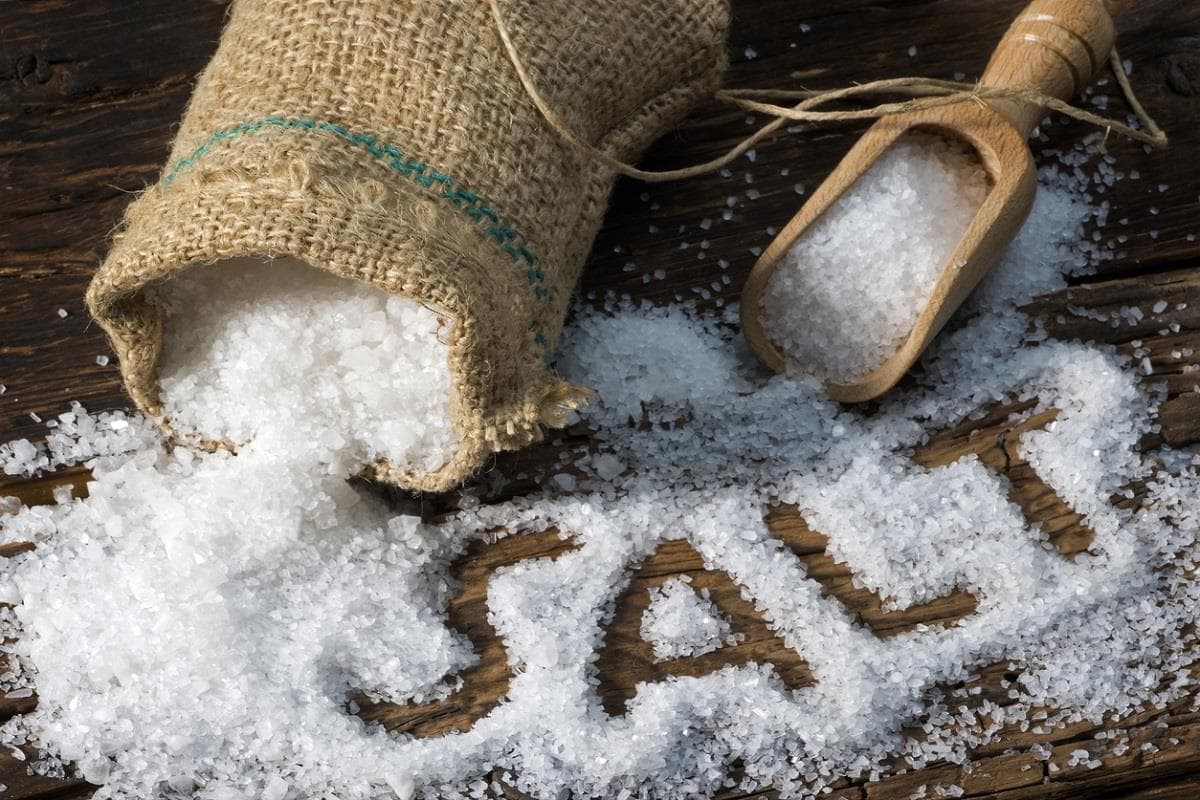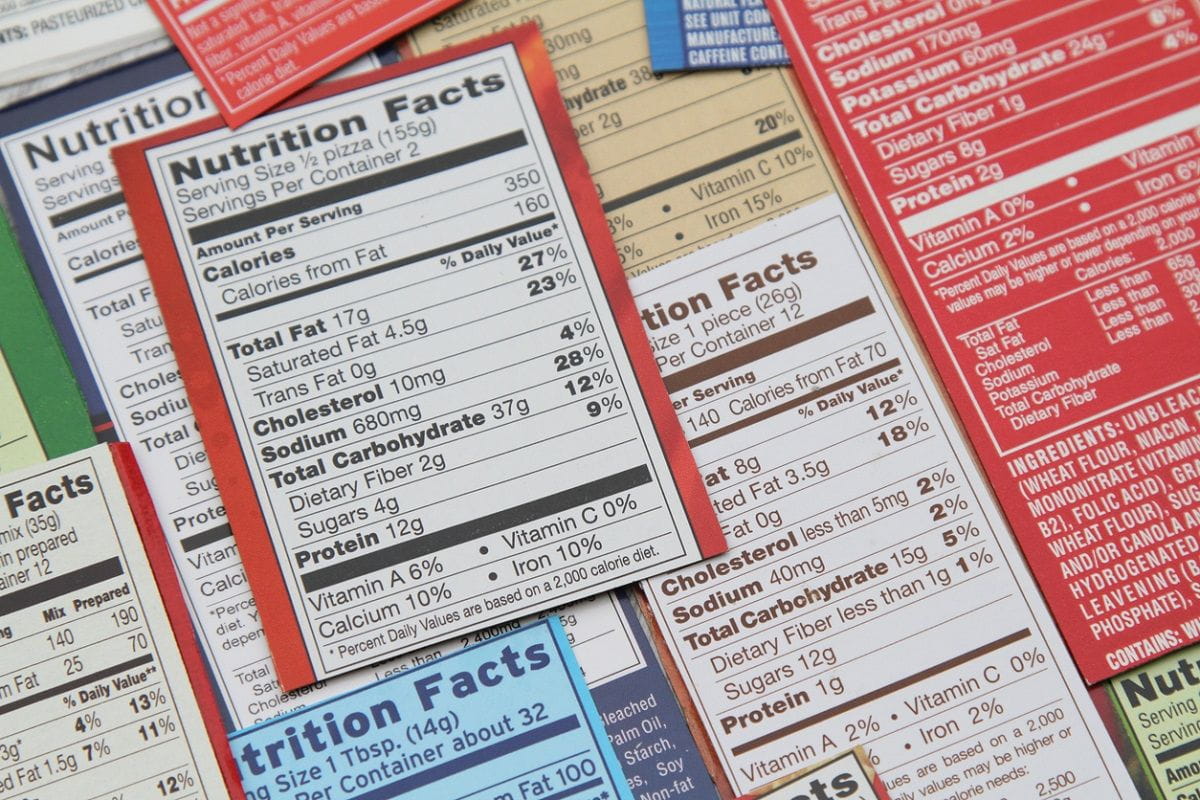Does Your Child Eat Too Much Salt? The Answer Is Probably Yes

Potato chips, French fries, pizza—all of those delicious foods that your child loves are unfortunately packed with salt. And that’s a big problem since according to the Center for Disease Control (CDC), 90% of U.S. children ages six to eight are consuming too much salt.
So what are the downsides to salt? A high-sodium diet can lead to high blood pressure, which is closely tied to obesity—not life-threatening for youngsters yet, but for adults, high blood pressure is a major risk factor for heart disease and stroke.
Unfortunately, salt is an all-too-common ingredient in packaged, processed, restaurant, and store-bought foods. Starting at age two and into early adulthood, children get 79% of their daily sodium from processed foods and fast-food meals.
To keep your child healthy, your best bet is to limit the following foods, which top the CDC’s list of sodium sources in children’s diets.
The Top 10 Sources for Sodium in Americans Ages 2 to 19:
- Pizza
- Breads and rolls
- Poultry, both fresh and processed
- Cold cuts and cured meats
- Sandwiches, including hot sandwiches like cheeseburgers
- Salty snacks, including chips, puffs, popcorn, and pretzels
- Soups
- Cheese, both natural and processed
- Mixed pasta dishes, like spaghetti with meat sauce
- Frankfurters and sausage
The Healthy Shopping Guide: Tips for Lowering Sodium
1. Know the guidelines
It may sound strange, but it’s actually not that easy to find how much salt is too much—that’s why we went ahead and did the research for you. Here are the USDA Dietary Guidelines for Americans:
- Children ages 1–3: No more than 1,500 mg per day
- Children ages 4–8: No more than 1,900 mg per day
- Children ages 9–13: No more than 2,200 mg per day
For children who are African American or have hypertension, diabetes, or chronic kidney disease, the USDA recommends no more than 1,500 mg per day regardless of their age. The American Heart Association goes into more detail.

2. Read nutrition labels
The nutrition labels on food products are your best friends on this one. Check the labels of different brands of the same product to find the one with the lowest salt content. Sandwich breads, for example, can vary widely in how much sodium they contain—and according to the CDC, some producers of raw meat products intentionally treat their meat with extra sodium to help preserve it and add flavor.
3. Choose foods labeled “low sodium”—but still check that label
The FDA allows food to be labeled ‘low sodium’ if there is 140 mg of sodium or less per serving. That’s still 10% of the daily recommended intake for a toddler, so read the nutrition label and consider the serving size as well.
4. Spend time in the produce aisle
Fresh fruits and vegetables are sodium-free, and provide many of the nutrients that growing bodies need, including potassium. Even better, these foods can counteract the effects of a high sodium diet and help regulate blood pressure.
5. Stock up on spices
Let’s be frank: One of the big reasons we consume so much salt is because our taste buds enjoy the flavor boost--and there’s no need to just eat bland food! Instead of salt, add lots of herbs, veggies, and spices like garlic, onions, pepper, thyme, oregano, freshly squeezed citrus juices or zest, and more to give your food that critical yum factor.
6. Cook!
If you want to make the biggest dent in your daily salt intake, eat home-cooked meals more often. Only 5% of our daily salt intake comes from home prepared meals—and plus, you can engage in family-style dining, guaranteed to benefit even your youngest eaters.
-->




